IEC 60987-2007 核電站.對安全性很重要的儀器儀表和控制.基于計算機系統(tǒng)的硬件設(shè)計要求
作者:百檢網(wǎng) 時間:2021-07-15
標準號:IEC 60987-2007
中文標準名稱:核電站.對安全性很重要的儀器儀表和控制.基于計算機系統(tǒng)的硬件設(shè)計要求
英文標準名稱:Nuclear power plants - Instrumentation and control important to safety - Hardware design requirements for computer-based systems
標準類型:F69;F07
發(fā)布日期:2007/8/1 12:00:00
實施日期:1999/12/31 12:00:00
中國標準分類號:F69;F07
國際標準分類號:27.120.20;35.240.99
引用標準:IEC 60780;IEC 60812;IEC 60880;IEC 61000;IEC 61025;IEC 61513-2001;IEC 62138;ISO 9001;IAEA NS-G 1.3;IAEA 50-C/SG-Q-1996
適用范圍:1.1 GeneralThis International Standard is applicable to NPP computer-system hardware for systems ofClass 1 and 2 (as defined by IEC 61513).The structure of this standard has not changed significantly from the original 1989 issue;however, some issues are now covered by standards which have been issued in the interim(for example, IEC 61513 for system architecture design) and references to new standardshave been provided where applicable. The text of the standard has also been modified toreflect developments in computer system hardware design, the use of pre-developed (forexample, COTS) hardware and changes in terminology.Computer hardware facilities used for software loading and checking are not considered toform an intrinsic part of a system important to safety and, as such, are outside the scope of this standard.NOTE 1 Class 3 computer-system hardware is not addressed by this standard, and it is recommended that such systems should be developed to commercial grade standards.NOTE 2 In 2006 the development of a new standard to address hardware requirements for “very complex” hardware was discussed within IEC SC 4**. If such a standard is developed then that standard would be used for the development of “very complex” hardware in preference to IEC 60987.1.2 Use of this standard for pre-developed (for example, COTS) hardware assessmentAlthough the primary aim of this standard is to address aspects of new hardwaredevelopment, the processes defined within this standard may also be used to guide theassessment and use of pre-developed hardware, such as COTS hardware. Guidance hasbeen provided in the text concerning the interpretation of the requirements of this standard when used for the assessment of such components. In particular, the quality assurance requirements of 4.3, concerning configuration control, apply.Pre-developed components may contain firmware (as defined in 3.8), and, where firmwaresoftware is deeply imbedded, and effectively “transparent” to the user, then IEC 60987 should be used to guide the assessment process for such components. An example of where this approach is considered appropriate is in the assessment of modern processors which contain a microcode. Such a code is generally an integral part of the “hardware”, and it is therefore appropriate for the processor (including the microcode) to be assessed as an integrated hardware component using this standard.Software which is not firmware, as described above, should be developed or assessedaccording to the requirements of the relevant software standard (for example, IEC 60880 for Class 1 systems and IEC 62138 for Class 2 systems).1.3 Applicability of this standard to programmable logic devices developmentI&C components may include programmable logic devices that are given their specificapplication logic design by the designer of the I&C component, as opposed to the chipmanufacturer. Examples of such devices include complex programmable logic devices (CPLD)and field programmable gate arrays (FPGA).While the programmable nature of these devices gives the development processes used forthese devices, some of the characteristics of a software development process and the design processes used for such devices, are very similar to those used to design logic circuits implemented with discrete gates and integrated circuit packages. Therefore, the design processes and design verification applied to programmable logic devices should comply with the relevant requirements of this standard (i.e. taking into account the particular features of the design processes of such devices). To the extent that software-based tools are used to support the design processes for programmable logic devices, those software tools should generally follow the guidance provided for software-based development tools in the appropriate software standard, i.e. IEC 60880 (Class 1 systems) or IEC 62138 (Class 2 systems).
中文標準名稱:核電站.對安全性很重要的儀器儀表和控制.基于計算機系統(tǒng)的硬件設(shè)計要求
英文標準名稱:Nuclear power plants - Instrumentation and control important to safety - Hardware design requirements for computer-based systems
標準類型:F69;F07
發(fā)布日期:2007/8/1 12:00:00
實施日期:1999/12/31 12:00:00
中國標準分類號:F69;F07
國際標準分類號:27.120.20;35.240.99
引用標準:IEC 60780;IEC 60812;IEC 60880;IEC 61000;IEC 61025;IEC 61513-2001;IEC 62138;ISO 9001;IAEA NS-G 1.3;IAEA 50-C/SG-Q-1996
適用范圍:1.1 GeneralThis International Standard is applicable to NPP computer-system hardware for systems ofClass 1 and 2 (as defined by IEC 61513).The structure of this standard has not changed significantly from the original 1989 issue;however, some issues are now covered by standards which have been issued in the interim(for example, IEC 61513 for system architecture design) and references to new standardshave been provided where applicable. The text of the standard has also been modified toreflect developments in computer system hardware design, the use of pre-developed (forexample, COTS) hardware and changes in terminology.Computer hardware facilities used for software loading and checking are not considered toform an intrinsic part of a system important to safety and, as such, are outside the scope of this standard.NOTE 1 Class 3 computer-system hardware is not addressed by this standard, and it is recommended that such systems should be developed to commercial grade standards.NOTE 2 In 2006 the development of a new standard to address hardware requirements for “very complex” hardware was discussed within IEC SC 4**. If such a standard is developed then that standard would be used for the development of “very complex” hardware in preference to IEC 60987.1.2 Use of this standard for pre-developed (for example, COTS) hardware assessmentAlthough the primary aim of this standard is to address aspects of new hardwaredevelopment, the processes defined within this standard may also be used to guide theassessment and use of pre-developed hardware, such as COTS hardware. Guidance hasbeen provided in the text concerning the interpretation of the requirements of this standard when used for the assessment of such components. In particular, the quality assurance requirements of 4.3, concerning configuration control, apply.Pre-developed components may contain firmware (as defined in 3.8), and, where firmwaresoftware is deeply imbedded, and effectively “transparent” to the user, then IEC 60987 should be used to guide the assessment process for such components. An example of where this approach is considered appropriate is in the assessment of modern processors which contain a microcode. Such a code is generally an integral part of the “hardware”, and it is therefore appropriate for the processor (including the microcode) to be assessed as an integrated hardware component using this standard.Software which is not firmware, as described above, should be developed or assessedaccording to the requirements of the relevant software standard (for example, IEC 60880 for Class 1 systems and IEC 62138 for Class 2 systems).1.3 Applicability of this standard to programmable logic devices developmentI&C components may include programmable logic devices that are given their specificapplication logic design by the designer of the I&C component, as opposed to the chipmanufacturer. Examples of such devices include complex programmable logic devices (CPLD)and field programmable gate arrays (FPGA).While the programmable nature of these devices gives the development processes used forthese devices, some of the characteristics of a software development process and the design processes used for such devices, are very similar to those used to design logic circuits implemented with discrete gates and integrated circuit packages. Therefore, the design processes and design verification applied to programmable logic devices should comply with the relevant requirements of this standard (i.e. taking into account the particular features of the design processes of such devices). To the extent that software-based tools are used to support the design processes for programmable logic devices, those software tools should generally follow the guidance provided for software-based development tools in the appropriate software standard, i.e. IEC 60880 (Class 1 systems) or IEC 62138 (Class 2 systems).
相關(guān)標準
《IEC61960-4:2020》含堿性或其它非酸性電解質(zhì)的蓄電池和電池組 便攜式應用的充電鋰電池和電池組 - 第4部分:紐扣型鋰蓄電池及其制成的蓄電池組
《IEC61960-4:2020》含堿性或其它非酸性電解質(zhì)的蓄電池和電池組 便攜式應用的充電鋰電池和電池組 - 第4部分:紐扣型鋰蓄電池及其制成的蓄電池組
《GB/T35590-2017》信息技術(shù) 便攜式數(shù)字設(shè)備用移動電源通用規(guī)范
《GB31241-2014》便攜式電子產(chǎn)品用鋰離子電池和電池組 安全要求
《QC/T744-2006》電動汽車用金屬氫化物鎳蓄電池
《IEC61960-4:2020》含堿性或其它非酸性電解質(zhì)的蓄電池和電池組 便攜式應用的充電鋰電池和電池組 - 第4部分:紐扣型鋰蓄電池及其制成的蓄電池組
《CQC1134-2018》便攜式家用和類似用途電器用鋰離子電池和電池組安全 認證技術(shù)規(guī)范
《QC/T744-2006》電動汽車用金屬氫化物鎳蓄電池
《GB/T35590-2017》信息技術(shù) 便攜式數(shù)字設(shè)備用移動電源通用規(guī)范
《IEC61960-4:2020》含堿性或其它非酸性電解質(zhì)的蓄電池和電池組 便攜式應用的充電鋰電池和電池組 - 第4部分:紐扣型鋰蓄電池及其制成的蓄電池組
《IEC61960-4:2020》含堿性或其它非酸性電解質(zhì)的蓄電池和電池組 便攜式應用的充電鋰電池和電池組 - 第4部分:紐扣型鋰蓄電池及其制成的蓄電池組
《GB/T35590-2017》信息技術(shù) 便攜式數(shù)字設(shè)備用移動電源通用規(guī)范
《GB31241-2014》便攜式電子產(chǎn)品用鋰離子電池和電池組 安全要求
《QC/T744-2006》電動汽車用金屬氫化物鎳蓄電池
《IEC61960-4:2020》含堿性或其它非酸性電解質(zhì)的蓄電池和電池組 便攜式應用的充電鋰電池和電池組 - 第4部分:紐扣型鋰蓄電池及其制成的蓄電池組
《CQC1134-2018》便攜式家用和類似用途電器用鋰離子電池和電池組安全 認證技術(shù)規(guī)范
《QC/T744-2006》電動汽車用金屬氫化物鎳蓄電池
《GB/T35590-2017》信息技術(shù) 便攜式數(shù)字設(shè)備用移動電源通用規(guī)范
《IEC61960-4:2020》含堿性或其它非酸性電解質(zhì)的蓄電池和電池組 便攜式應用的充電鋰電池和電池組 - 第4部分:紐扣型鋰蓄電池及其制成的蓄電池組
百檢網(wǎng)專注于為第三方檢測機構(gòu)以及中小微企業(yè)搭建互聯(lián)網(wǎng)+檢測電商服務(wù)平臺,是一個創(chuàng)新模式的檢驗檢測服務(wù)網(wǎng)站。百檢網(wǎng)致力于為企業(yè)提供便捷、高效的檢測服務(wù),簡化檢測流程,提升檢測服務(wù)效率,利用互聯(lián)網(wǎng)+檢測電商,為客戶提供多樣化選擇,從根本上降低檢測成本提升時間效率,打破行業(yè)壁壘,打造出行業(yè)創(chuàng)新的檢測平臺。
百檢能給您帶來哪些改變?
1、檢測行業(yè)全覆蓋,滿足不同的檢測;
2、實驗室全覆蓋,就近分配本地化檢測;
3、工程師一對一服務(wù),讓檢測更精準;
4、免費初檢,初檢不收取檢測費用;
5、自助下單 快遞免費上門取樣;
6、周期短,費用低,服務(wù)周到;
7、擁有CMA、CNAS、CAL等權(quán)威資質(zhì);
8、檢測報告權(quán)威有效、中國通用;
客戶案例展示
相關(guān)商品
相關(guān)資訊

暫無相關(guān)資訊
最新資訊
版權(quán)與免責聲明
①本網(wǎng)注名來源于“互聯(lián)網(wǎng)”的所有作品,版權(quán)歸原作者或者來源機構(gòu)所有,如果有涉及作品內(nèi)容、版權(quán)等問題,請在作品發(fā)表之日起一個月內(nèi)與本網(wǎng)聯(lián)系,聯(lián)系郵箱service@baijiantest.com,否則視為默認百檢網(wǎng)有權(quán)進行轉(zhuǎn)載。
②本網(wǎng)注名來源于“百檢網(wǎng)”的所有作品,版權(quán)歸百檢網(wǎng)所有,未經(jīng)本網(wǎng)授權(quán)不得轉(zhuǎn)載、摘編或利用其它方式使用。想要轉(zhuǎn)載本網(wǎng)作品,請聯(lián)系:service@baijiantest.com。已獲本網(wǎng)授權(quán)的作品,應在授權(quán)范圍內(nèi)使用,并注明"來源:百檢網(wǎng)"。違者本網(wǎng)將追究相關(guān)法律責任。
③本網(wǎng)所載作品僅代表作者獨立觀點,不代表百檢立場,用戶需作出獨立判斷,如有異議或投訴,請聯(lián)系service@baijiantest.com













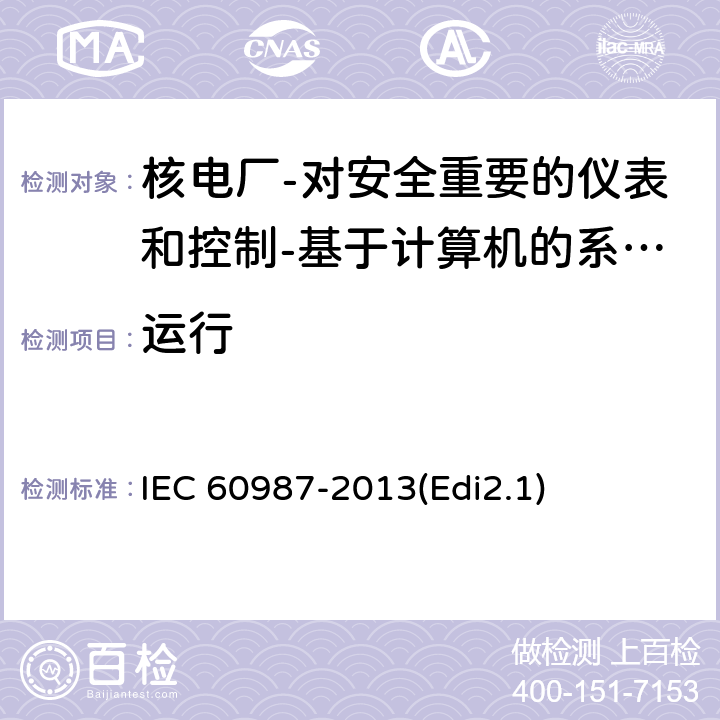
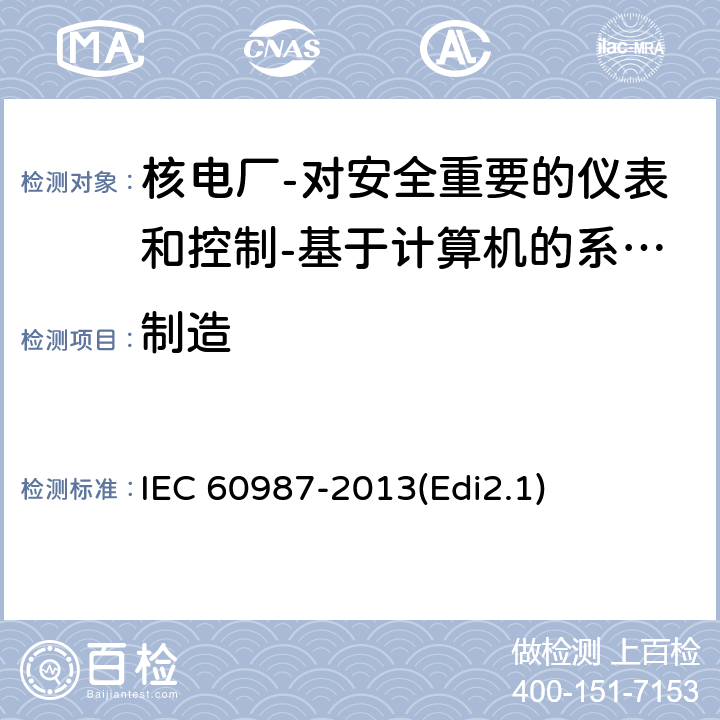
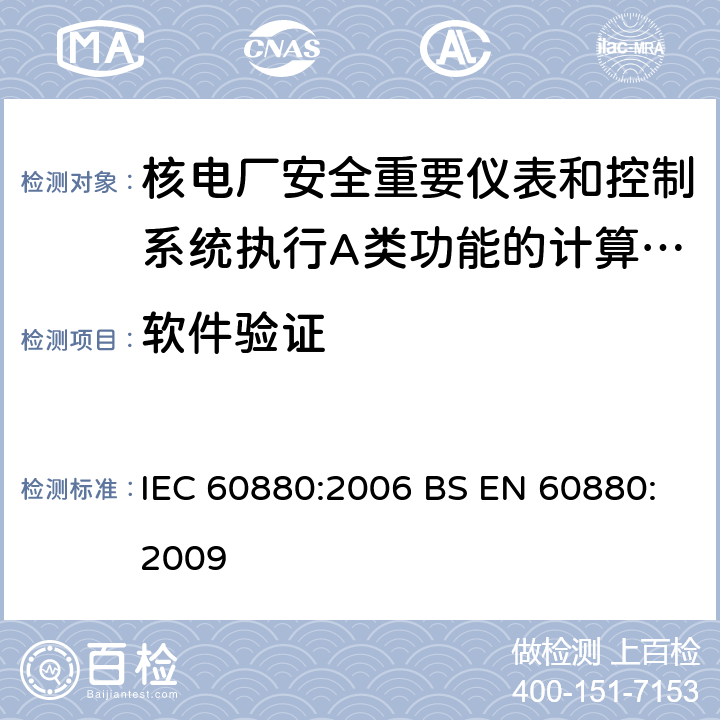

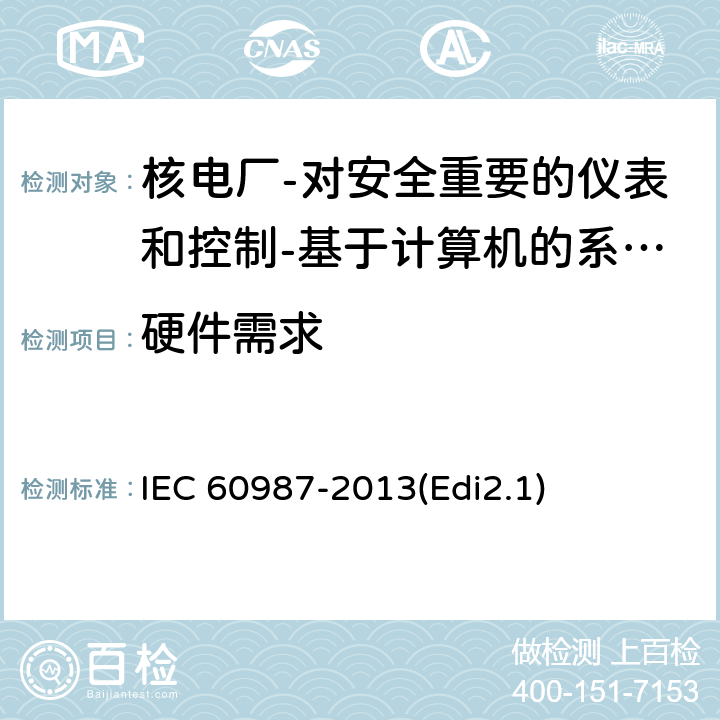
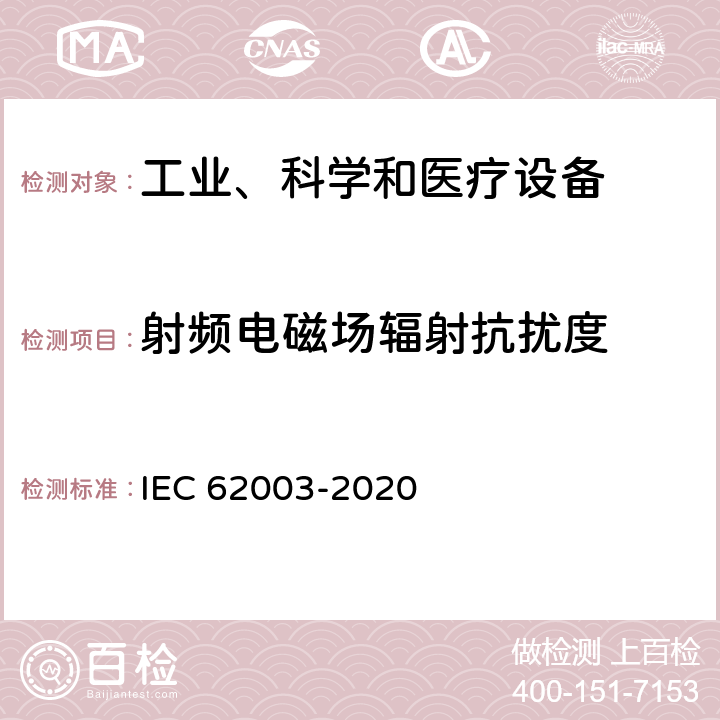

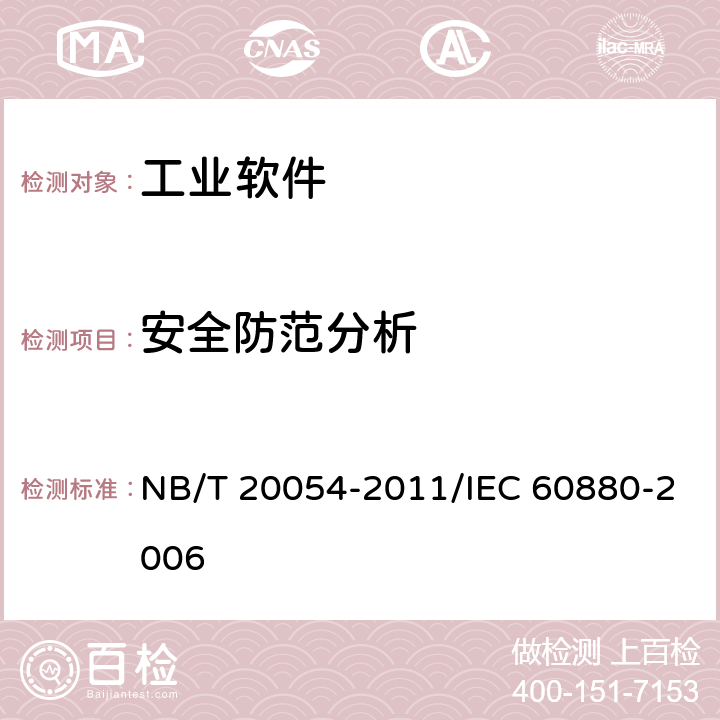
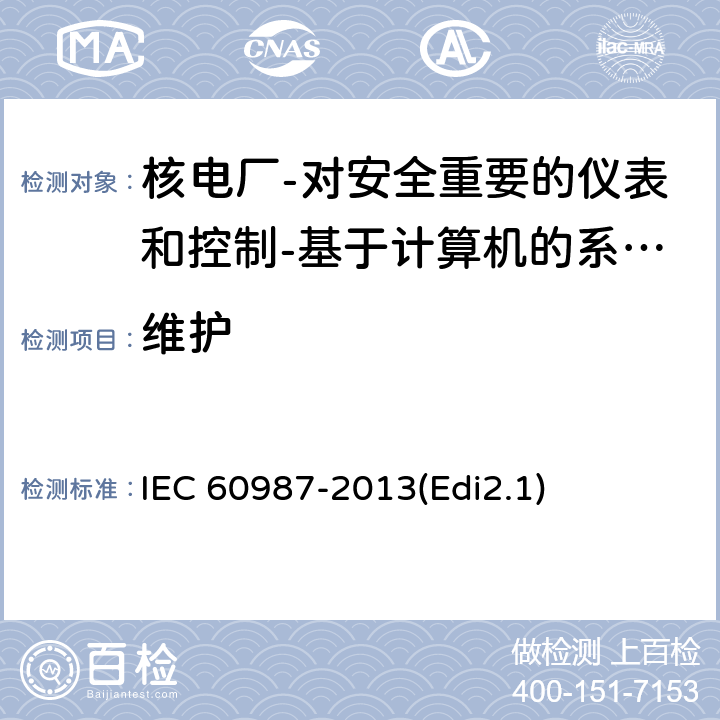


??(已作廢).png)
.png)
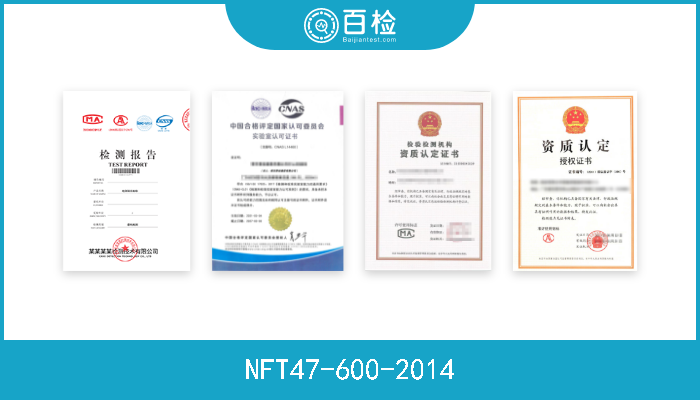
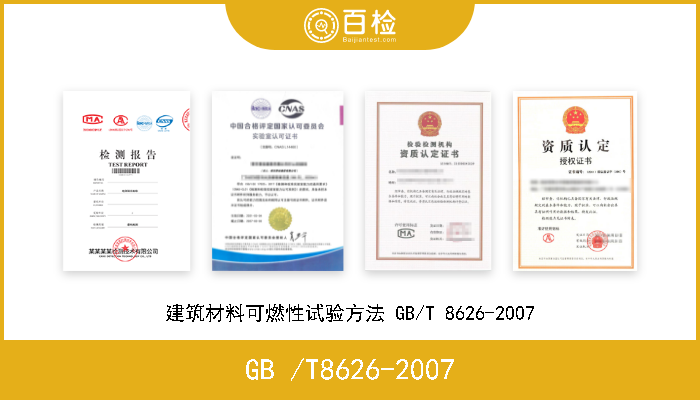

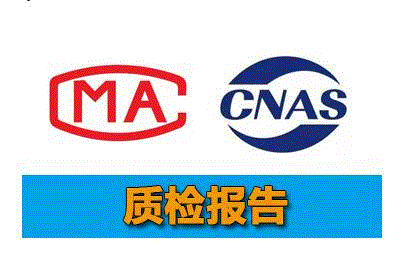

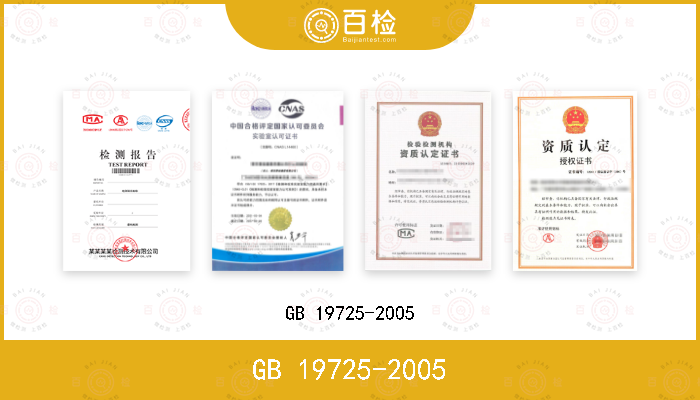




 400-101-7153
400-101-7153 15201733840
15201733840

